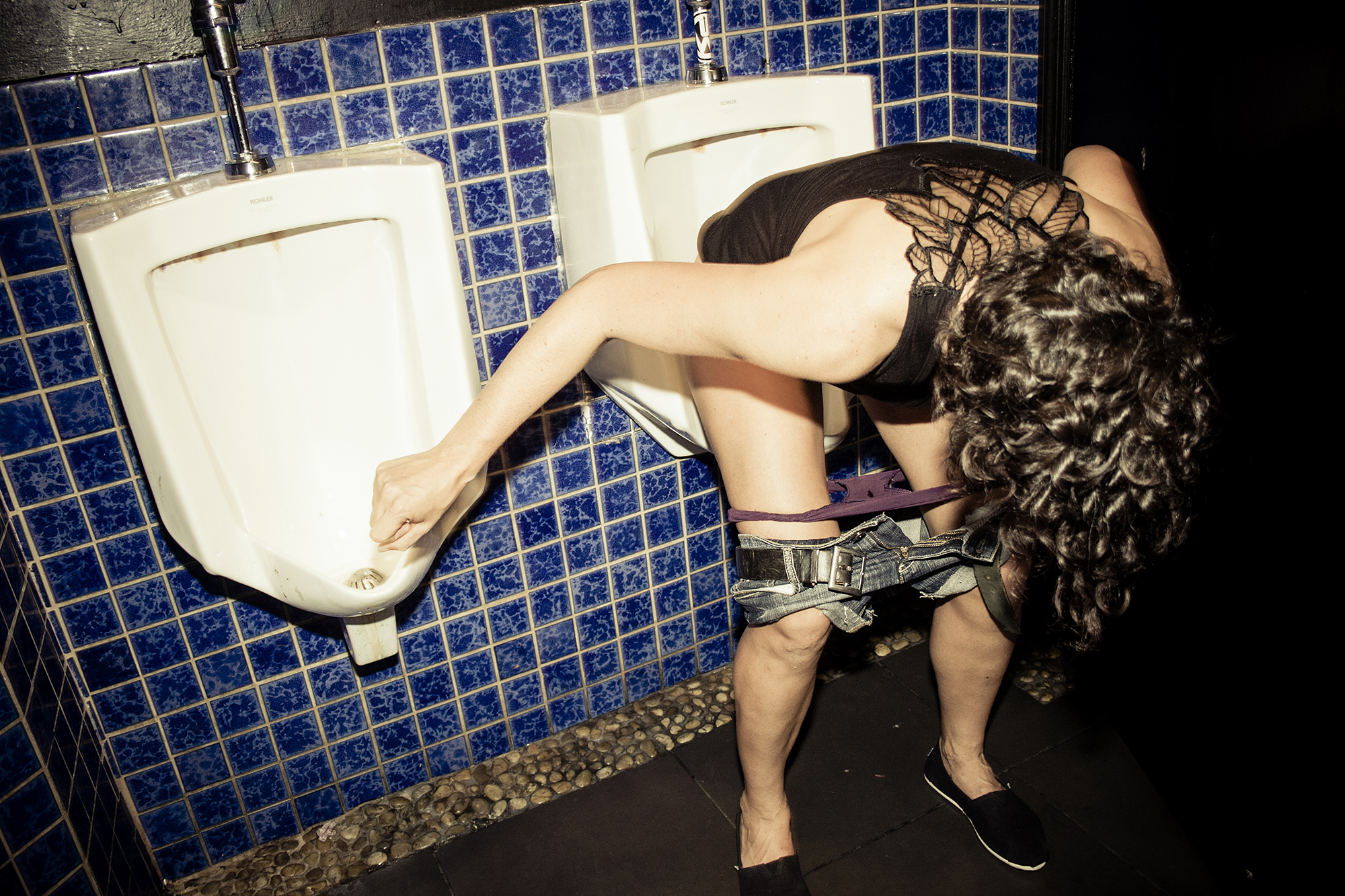Defining ‘woman’ by biological female sex isn’t just about excluding trans people from single-sex spaces. It also highlights how little respect governing bodies have for the community as a whole
I’ve lost count of how often I’ve been confronted when in a public bathroom. Asked to leave, asked to explain, asked if I am lost. Suspicion often lands hardest in women’s toilets – an uncertain panic behind the eyes of strangers – but there’s no welcome in the gents either. I haven’t medically transitioned, but I have short hair, a beautiful moustache and a body that unsettles the binary. So, I answer: where am I supposed to go?
This is not a new experience for me, or for many of us trans people. The difference now is that these moments of confrontation are being sanctioned by law: in April, the UK Supreme Court ruled that ‘sex’ in the Equality Act 2010 must refer to biological sex alone, setting aside gender identity, even legal gender recognition. What was framed as clarification lands instead as a narrowing – a not-so-quiet redrawing of who is allowed where, and why. It allows further exclusion, particularly of trans women, from single-sex spaces. It licenses suspicion. The law may be abstract, but its consequences are not. They land on bodies. On mine. On hers. On his. On ours.
In the days between the Supreme Court ruling and the Equality and Human Rights Commission’s interim ‘guidance’, I opened my solo exhibition I Know Who I Am By Being With You at SLQS Gallery, in London, a show drawn from my photographs of New York’s queer nightlife during the 2010s. Concurrently, as anti-trans bills multiply across the US – targeting healthcare, drag, bathroom access, even art itself – that archive now reads differently than it did when I shot it. What once felt like celebration now feels like resistance. Among the works on show is NY Nights, an image I made in 2012 at a lesbian club night during Pride weekend: a person, assumed to be female, is pissing joyfully in a urinal. She asked me to take the photo. We laughed. It wasn’t a spectacle. It was a gesture of ease, irreverence, freedom. Now, as it hangs in the gallery, its presence feels like a fortuitous inclusion. It might be read as defiance, but that wasn’t the intent. It came into being simply because it could. Because back then, moments like these – unguarded, mischievous, tender – felt possible. Every image shifts with time; meaning buckles under the weight of the present.
That photograph, like so much of my work, wasn’t created to provoke, but to preserve – not just an image, but a feeling, a moment, a way of being. My intention has never been simply to show queer and trans lives, but to witness them: with care, with honesty, with humanity. There’s a difference between being visible and being witnessed – a distinction I return to often in my work. Documentary photography, at its most human, isn’t just about observation – it’s about responsibility. It doesn’t just look – it listens. It stays. It becomes a kind of testimony: not shaped by spectacle, but by solidarity, by trust and by the ethics of presence. Visibility may bring exposure, but exposure isn’t empathy. To be visible is to be seen; to be witnessed is to be felt. I’ve often said visibility does not equal safety, and I believe that now more than ever.
My photographs aren’t always made as declarations for the outside world, even if they’re sometimes received that way. They are often gestures inward. I photograph from within the queer and trans community, as someone who shares the spaces, who has danced the nights and who now marches the protests and Prides. I carry their same fears. It’s why I speak not of capturing moments, but of creating them, together. Every image is built on trust. On shared understanding. On consent. And that consent is all-encompassing – it’s at the heart of my work. Because I ask. Whether someone is alone, in a crowd or up a tree (as happened recently at a trans protest I was documenting for British Vogue). Our community is so often treated as if we don’t deserve autonomy – in how we’re acted towards, spoken about or legislated upon.
That truth was laid bare by the Supreme Court’s ruling, which passed judgment on trans lives without hearing a single trans voice. It’s a pattern: we are debated, defined, regulated – but rarely asked what we need, how we want to live, or how we seek to be protected. My work insists that trans and queer people have the right to decide how they are seen, whether they are seen at all. I’ve always thought of my photographs as a living archive. Not static records, but moments full of breath and contradiction. They say: we will not be legislated out of public life, nor erased from public memory.
In moments like this, when the law fails us, when public discourse turns cold – art can become a shelter. Not one of retreat, but of resistance. A space where we write ourselves back into history. Where we care for each other in public. Where we refuse the terms we’ve been given.
But still, there is joy. Still, there is that image in the nightclub bathroom. Still, there are people protesting from treetops. Still, there is the dance floor. Still, we persist – not despite our complexity, but because of it.
I don’t take photos to prove we exist. I take them because we do.
Bex Wade is a photographer based in the UK
From the Summer 2025 issue of ArtReview – get your copy.
